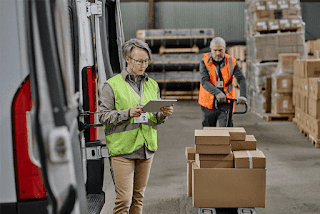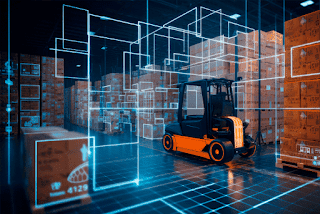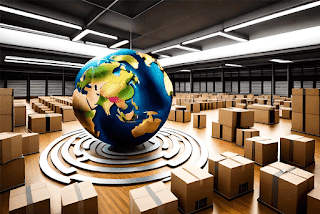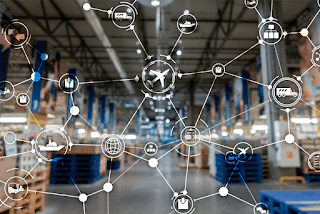Trade Agreements Unwrapped: Navigating the Benefits and Regulations.

Trade agreements play an essential role in shaping the global economy and have a significant impact on international logistics. Understanding the complexities of these agreements is essential for businesses looking to optimize their supply chains, capitalize on tariff benefits, and ensure compliance with origin requirements. In this article, we will talk about some of the most relevant trade agreements and provide insights into how they affect international logistics. Trade agreements are legally binding pacts between countries that dictate the terms and conditions of their trade relationships. These agreements encompass a range of topics, including tariffs, trade quotas, intellectual property rights, and regulatory standards. Their primary objectives are to promote economic growth, reduce trade barriers, and enhance market access. Key Trade Agreements and Their Impact on Logistics USMCA (United States-Mexico-Canada Agreement): This agreement has transformed trade in North America, b








